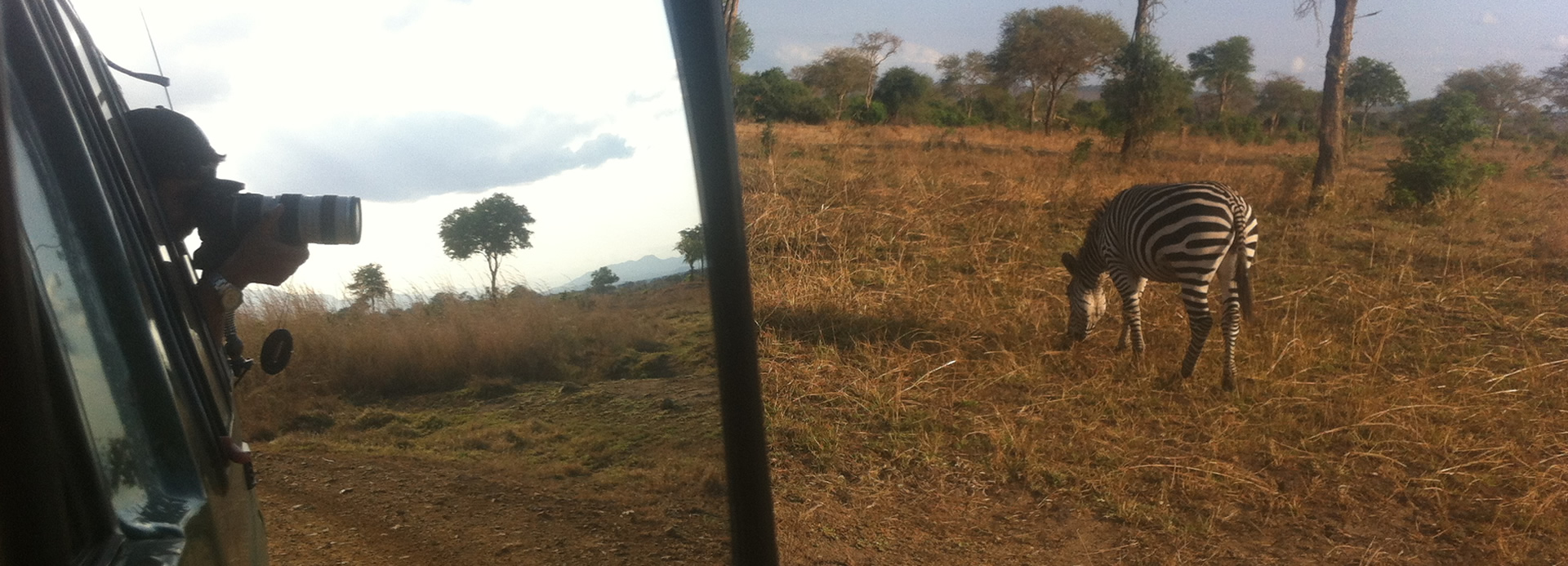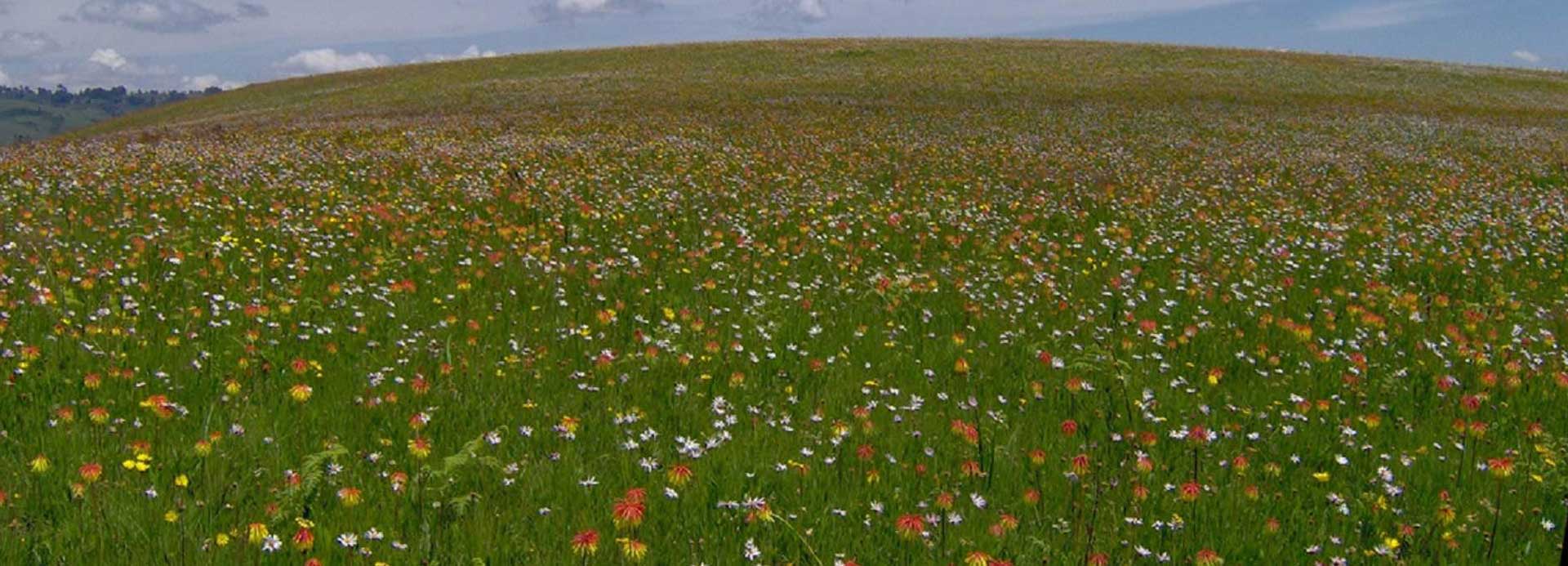Things Not to Forget when Camping in a Tent
- The Tent – This one is pretty much a no brainer. Be sure to set up your tent at home for a trial run before you leave. Double check for rips, broken zippers and missing parts. Be sure the tent poles and stakes are in the bag, along with a small hammer, just in case.
- Flashlights/Batteries – Arriving at a campsite after dark, happens! We never plan it that way, then again, we don’t plan flat tires or getting lost. Life happens! Flashlights will serve lots of purposes and fresh batteries is a must. This LED Flashlight comes with the batteries and can take a beating. It’s one of our favorites.
- First Aid Kit – Accidents can happen no matter if you are at home or out camping. Keeping a well-stocked first aid kit on hand is a great idea. Band-aids, soap, water, tweezers, gauze and hand sanitizer will get you the basics for small wounds or until you can seek medical attention. You have to think like a scout and always be prepared. This first-aid kit we picked up has everything we need and then some.
- Trash Bags – Obviously you can use trash bags to keep your campsite neat and tidy. They also make good makeshift wraps, keep your bedding and clothing from becoming damp and will hold lots of dirty clothes and shoes on the way home.
- Sleeping Bag/Bedding – It gets cold at night, even in the middle of summer. Having padding between you and the ground is a must. Stay warm and hopefully dry in a good sleeping bag.
- Matches/Lighter – You cannot start a campfire without a fire source and camping just isn’t the same if you don’t have the chance to sit around a campfire, make a barbeque and make some real camp food!
- Duct Tape – Guaranteed you will have a need for duct tape. Keep a roll or two on hand. I am sure you will find something to repair it. It works great to fix not only camping supplies but the car, too. We never leave home without a good roll of tape.
- Water – There are so many uses for water. Cooking, cleaning and staying hydrated will be a breeze if you bring your own clean water.
- Toilet Paper/Flushable Cleansing Cloths – Campground bathrooms can be a scary place. If you are lucky you find a place with flushable toilets. If you’re not so lucky, pit toilets will be your only choice. Supplying your own toilet paper and flushable cleansing cloths is a must. Cottonelle on-the-go packs fit perfectly in a backpack, purse or pocket.
- Keeping your Bum clean will prevent uncomfortable days and nights when your all up close and personal in a tent.
Once you set up camp, be sure to enjoy every minute that you can. Before you know it you’ll have to come back to the real world, the downtime will go quickly. RELAX! Have you ever gone on a trip and forgotten to pack something important??



